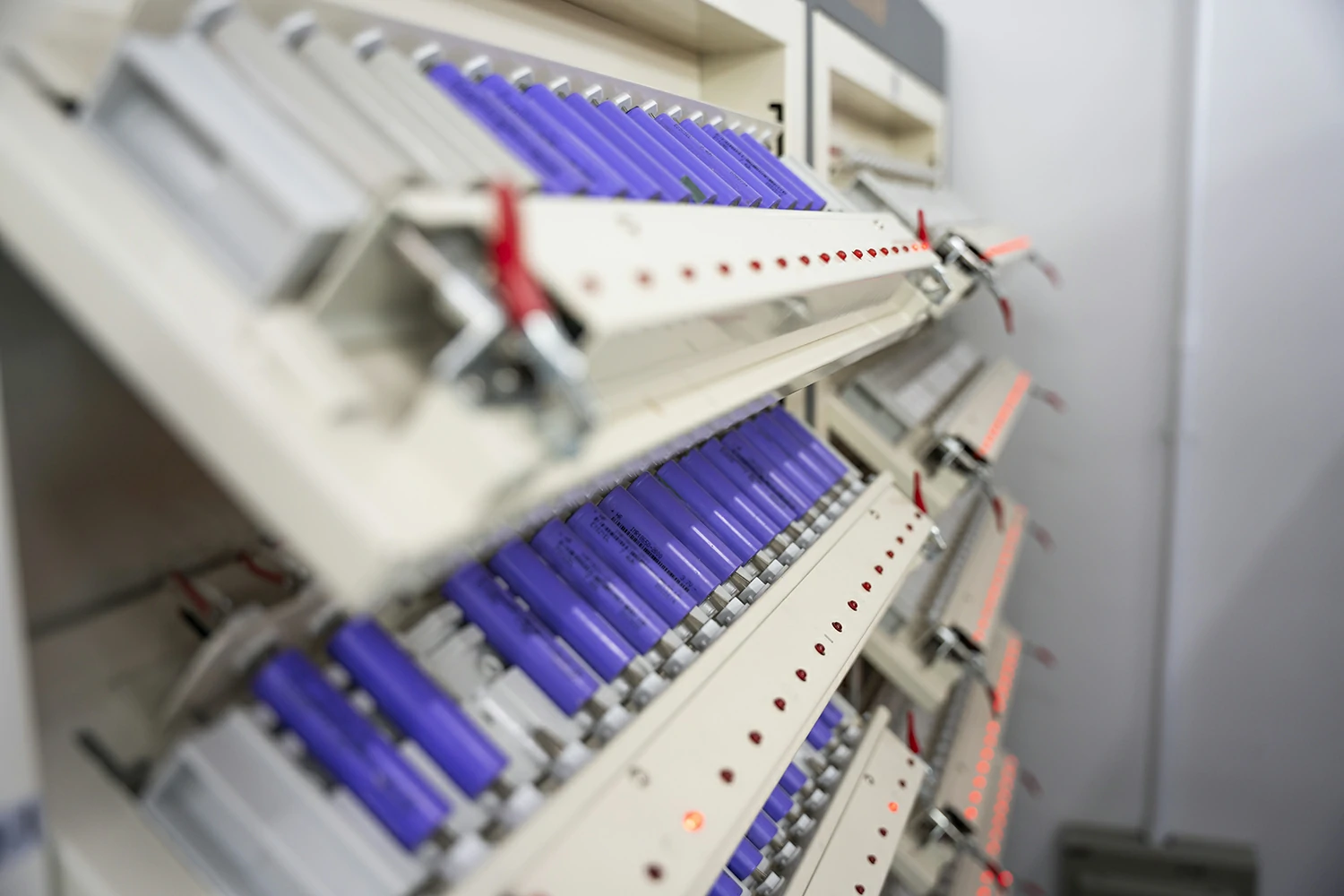In modern electronic devices, lithium batteries have become an essential source of power. However, the deposition of lithium metal on the negative electrode during the charging process poses a threat to battery performance and safety. This article aims to delve into the causes, impacts, and strategies for addressing lithium dendrite formation in lithium batteries.
Lithium dendrite formation refers to the phenomenon where lithium metal deposits on the surface of the negative electrode under specific conditions in lithium-ion batteries. Typically, irreversible reactions occur in lithium-ion batteries, forming solid-state lithium metal, when subjected to low temperatures, repeated charge-discharge cycles, or external forces. The deposited lithium metal takes the form of dendritic crystals and is referred to as lithium dendrites.
![The causes, impacts, and countermeasures of lithium battery lithium precipitation problem [comprehensive analysis]](https://www.hyybattery.net/wp-content/uploads/2024/01/image-2.png)
Lithium dendrite formation primarily occurs during the charging process. When the battery is charged, lithium ions from the positive electrode material migrate to the negative electrode through the electrolyte and deposit as lithium metal. Improper charging conditions, such as excessive voltage or low electrolyte concentration, may lead to excessive deposition of lithium metal on the negative electrode, resulting in the formation of lithium dendrites. The growth of lithium dendrites damages the solid electrolyte interface (SEI) membrane within the battery, reducing the energy density and charge-discharge efficiency, while also potentially posing safety issues.
![The causes, impacts, and countermeasures of lithium battery lithium precipitation problem [comprehensive analysis]](https://www.hyybattery.net/wp-content/uploads/2024/01/image.png)
The impacts of lithium dendrite formation in battery include reduced battery performance and safety concerns. The growth of lithium dendrites increases the internal resistance of the battery, resulting in decreased energy density and charge-discharge efficiency, and may even cause short circuits. Furthermore, lithium dendrites have the potential to damage the SEI membrane and battery separator, leading to internal short circuits, generating significant heat and current, and potentially causing fires or explosions.
![The causes, impacts, and countermeasures of lithium battery lithium precipitation problem [comprehensive analysis]](https://www.hyybattery.net/wp-content/uploads/2024/01/image-1.png)
To mitigate the challenges posed by lithium dendrite formation, the following strategies can be implemented. Firstly, optimizing charging conditions by controlling the charging voltage and current, avoiding overcharging and overdischarging, effectively reduces the risk of lithium dendrite formation in lithium batteries. Secondly, improving electrolyte performance through composition and concentration adjustments enhances electrochemical stability and lithium ion transport properties, thereby reducing the risk of dendrite formation. Additionally, selecting appropriate positive electrode materials with high energy density, good electrochemical stability, and low lithium ion diffusion impedance is crucial to minimizing the risk of dendrite formation. Coating the surface of the negative electrode with a material exhibiting excellent electrochemical stability and lithium ion transport properties can inhibit the growth of lithium dendrites, thereby enhancing battery safety. Finally, real-time monitoring and intelligent control of the charging and discharging processes through battery management systems ensure safe battery operation, avoiding overcharging or overdischarging and reducing the risk of dendrite formation.
In conclusion, lithium dendrite formation in lithium batteries is a complex and challenging issue. Resolving this problem requires comprehensive approaches, including optimizing charging conditions, improving electrolyte performance, selecting appropriate positive electrode materials, surface coating of the negative electrode, and the implementation of battery management systems. Only through these measures can we effectively reduce the risk of lithium dendrite formation, enhance battery performance and safety. Simultaneously, continuous in-depth research into the mechanisms and performance of lithium batteries and the development of more efficient and safer lithium battery technologies are necessary to meet the growing demands and application scenarios. When using lithium batteries in practice, it is crucial to adhere to safety regulations, correctly utilize, and protect lithium batteries to prevent safety accidents. Therefore, the articl


